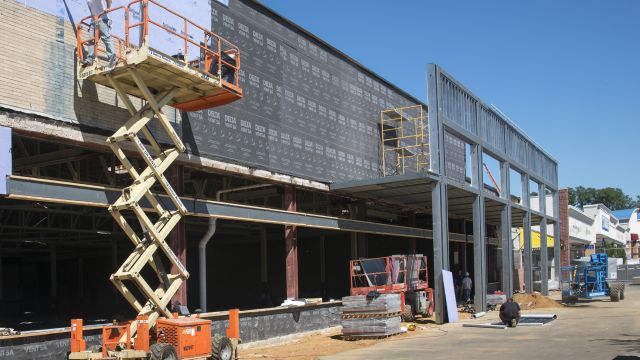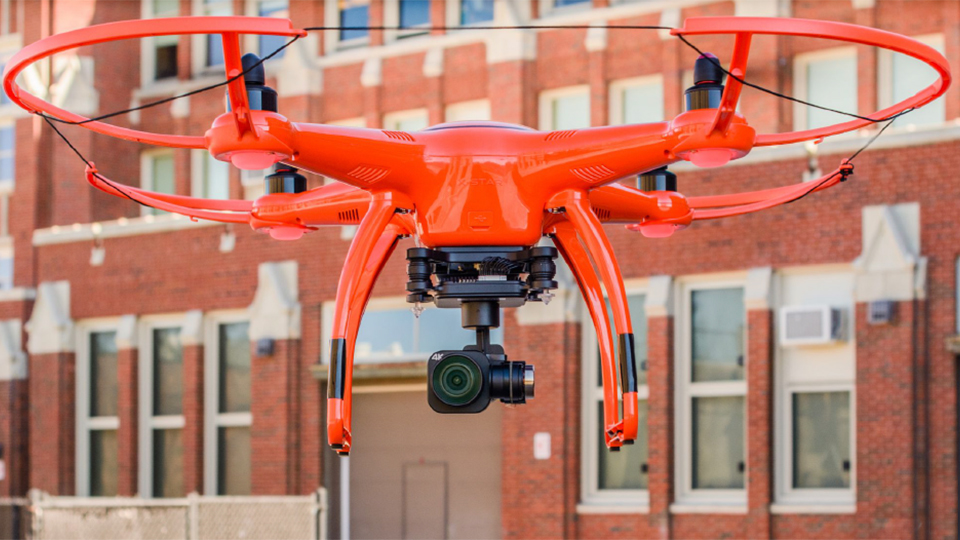Priming self-adhered air barrier membranes
Air barriers and insulation
Everyone involved in self-adhering air barrier membrane application has dealt with the decision to prime or not prime beforehand. Among the manufacturers of newer, self-adhering membranes on the market, a strong trend exists toward the claim “No Primer Required.”
The claim is rooted in the idea that improved adhesive technology is making the membranes stick more aggressively and more tenaciously to substrates of all sorts, without the need for primer. Since this appears to save both labor and materials, a “no required priming” idea is an attractive proposition for owners, specifiers and applicators. Some manufacturers see this as an opportunity to gain an edge over competitors.
To explore the question, let’s first examine the benefits of self-adhering (SA) membranes (permeable or non-permeable). Specifiers choose SA membranes for several reasons. Since they are produced in a factory, not on the jobsite like fluid-applied membranes, SA membranes provide a reliable and consistent thickness, giving a reliable and consistent permeability or vapor retardation. There are no variations due to application or substrate deviations.
SA membranes provide full adhesion to substrates. This means a dramatic reduction in fastener penetrations compared to mechanically attached membranes. Since each and every fastener represents a potential air or water leak, this is an important step forward in continuity.
The intimate contact between the SA membrane and the substrate is a critical performance criterion. Without a full and proper bond between the SA membrane and the substrate, billowing or large bubbles can occur. Elimination of this billowing is another key selling feature of SA membranes compared to mechanically attached membranes. Changes in air pressure on the wall (such as wind) can cause those billows to act like an air pump, acting just like a leak and forcing air to move around what was intended to be an airtight assembly. As well, they can be collection points for water that happens to penetrate the wall. A fully adhered membrane would, at least, prevent any incidental water from traveling or collecting.
How primer fits into the equation
Clearly, reliable adhesion to a substrate is important to the proper performance of an SA membrane. One objective test method for assessing the ability of a membrane to adhere to various substrates is American Architectural Manufacturers Association (AAMA) 711-07 §5.3 90◦Peel Adhesion using ASTM D3330. It is a stringent test to which AAMA applies a clear pass/fail requirement and involves several substrates that are common in actual project situations.As an analytical example, here are the actual results from SA membranes from two manufacturers:
| Test Standard | Membrane A (without primer) | Membrane B (without primer) |
| AAMA 711-07 §5.3 90ºPeel Adhesion | ||
| OSB | 0.25 N/mm | 0.30 N/mm |
| Aluminium | 0.24 N/mm | 0.57 N/mm |
| Plywood | 0.18 N/mm | 0.28 N/mm |
| Densglass | 0.14 N/mm | 0.29 N/mm |
Test Standard Requirement: Minimum 0.26 N/mm
The manufacturer of Membrane A states that the membrane may be applied without primer, but fails to meet the minimum standards for the test.
The manufacturer of Membrane B passes the minimum standard for the tests, yet recommends primer for best results.
Why the difference?
The main reason is that primers are not about the ability of the adhesive to stick, despite advanced adhesive technology. Primers are about surface preparation. The tests were done in laboratory conditions. All substrates were in optimal condition, and results should be optimal. Surfaces were reliably dry and dust free. Applications were done conscientiously and according to each manufacturer’s recommended procedures.
But jobsites exist in the real world, where the products must perform. Jobsites are neither reliably dry nor reliably dust or dirt free. The optimal results obtained in the lab will not directly translate to the field. While any membrane might be sticky enough to stick to a given substrate without primer, it will stick to whatever it comes into contact with first. In most cases, that is the dust and the dirt. Because the dust and dirt are not bonded to the substrate, neither is the membrane truly stuck to the substrate.
This is the role of primer. Primers prepare the surface for the proper adhesion of the membrane by consolidating all the dust and dirt, allowing intimate contact between the adhesive and the substrate. Concrete and masonry, in particular, are dusty and should always be primed.
Contaminated adhesive will not stick, losing the intimate contact between the SA membrane and the substrate for which the SA was chosen originally.
In short, SA membranes may stick without primer, just not well. Marketing claims of “No Primer Required” are useful claim for sales and may save a few dollars up front, but are not useful for anyone who wants assurance of long-term performance and energy efficiency.
Originally published in Masonry magazine.
About the Author
Peter Barrett is product manager for Cosella-Dörken Products Inc. He can be reached at 905-563-3255, ext. 345, or pbarrett@cosella-dorken.com.



















